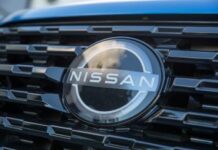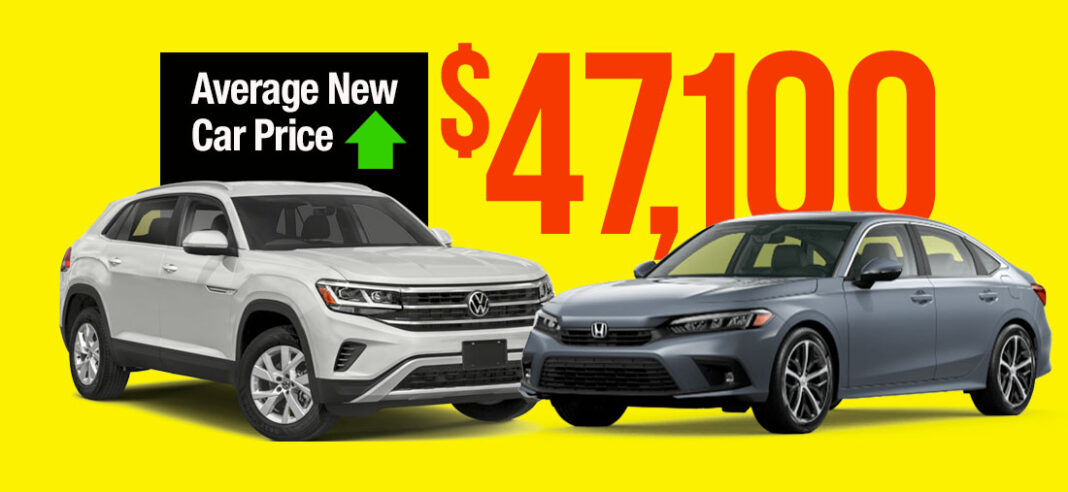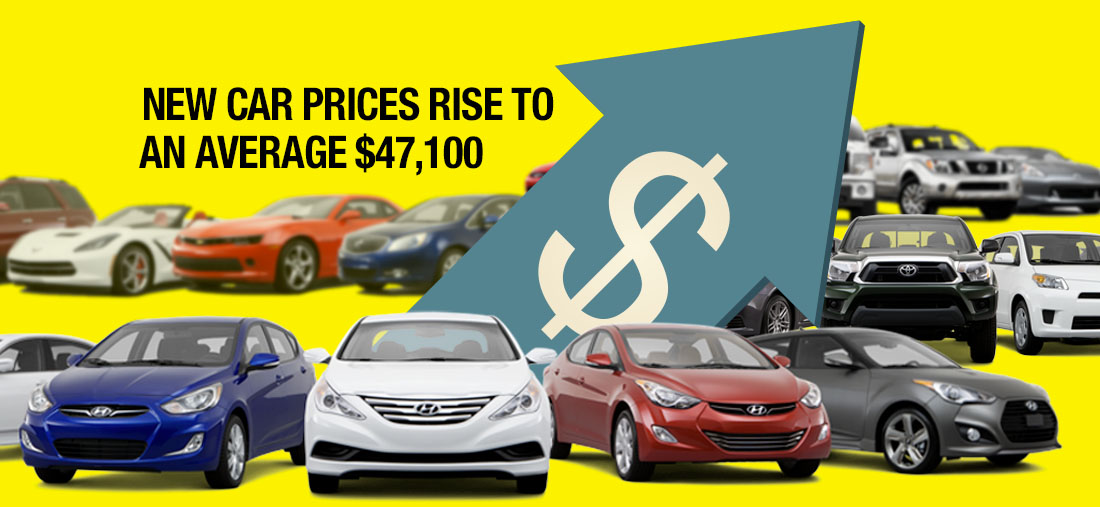Reduced supply, increased demand: It all adds up to higher prices for the new-car-buying public.
It was just over a year ago when the average price of a new car reached $40,000. By December of last year, Kelly Blue Book reported the average price of a new car in the U.S. was $47,077; up from $46,329 in November. The auto industry (and its customers) have battled the COVID-19 pandemic, supply-chain problems, and a chip shortage, along with automakers who decided to build their higher-profit models in a time of scarcity.
Last summer, in June of 2021, we reported that the average price for a new car had just tiptoed past the $40,000 mark, and the gasped. By December the average new car price in the U.S. rose to $47,077. It’s risen slightly to $47,100. It’s slowed, but still going in the wrong direction.
Bottom line: there’s been an amazingly rapid rate of increase for car prices for the past three years. The average price rose just under $1800 in 2019, then just over $3301 in 2020, and then an incredible $6220 in 2021. That’s the kind of rate of increase that gets you to new car prices hitting $47,077 in December after they climbed to $46,329 in November.
“Today’s environment is essentially unprecedented for the modern auto industry; we have not been in a situation before where demand truly outstrips supply of new vehicles,” Stephanie Brinley, an analyst at IHS Markit, said. “This has created a new pricing dynamic that ultimately results in reported average transaction prices increasing.”
The price increase comes down to simple market economics. Reduced supply and increased demand, which were caused in part by the pandemic and the related chip shortage.
But part of the problem is the complexity of today’s vehicles. Brinley says “Cars have gotten more expensive in recent years in part thanks to new technology features, as well as more content that comes standard in entry-segment vehicles”.
Carmakers shift to more profitable models
The chip shortage has limited the number of vehicles automakers are able to build, so production shifted to high-profit, expensive trims and models. Many car shoppers have little choice, with the only available inventory priced much higher than they expect.
“Higher feature content has been a trend for several years, but in a situation where demand is higher than supply, some automakers have opted to prioritize production of higher-margin vehicles, which can change the mix of vehicles available and contribute to increasing transaction prices regardless of whether the MSRP is changed,” Brinley said.
Dealerships scramble to attract customers — and forget the incentives
Buying a car today is different compared to just a few years ago, when dealerships faced intense pressure to “move cars”. No more discounts, in fact some models are selling for thousands of dollars in “market adjustment” to the price of a new car. KBB also noted that dealer incentives in December—traditionally a good time for luxury vehicle sales—were at a five-year low.
“The lack of inventory also has enabled automakers to generally reduce the incentive levels, which can also contribute to increases in average transaction prices,” Brinley said. “Also, dealers ultimately set the price the consumer pays. When supply is lower than demand, dealers may set prices higher than MSRP, also increasing average transaction prices.”

















